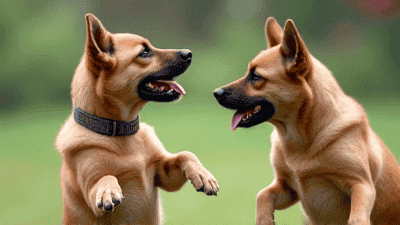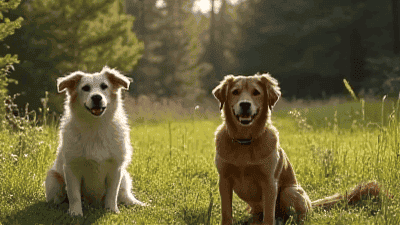
Training your pet is an essential part of building a strong, trusting relationship and ensuring they behave appropriately in various situations. While there are many training methods available, positive reinforcement has emerged as one of the most effective and humane approaches. By rewarding desired behaviors rather than punishing undesirable ones, positive reinforcement encourages pets to learn and thrive.
Positive reinforcement training is a method that rewards desired behaviors with something your pet finds motivating, such as treats, praise, or play. This encourages them to repeat the behavior in the future.
When your pet performs a desired behavior, they receive a reward immediately. Over time, they associate the behavior with the reward and are more likely to repeat it.
Positive reinforcement is rooted in the principles of behavioral psychology, specifically operant conditioning. This theory suggests that behaviors followed by rewards are more likely to be repeated.
Rewards trigger the release of dopamine, a neurotransmitter associated with pleasure and learning. This helps your pet form positive associations with the behavior being reinforced.
Positive reinforcement not only teaches specific behaviors but also builds confidence, strengthens the bond between pet and owner, and reduces fear and anxiety.

Positive reinforcement fosters trust and cooperation, creating a stronger connection between you and your pet.
Pets are more motivated to learn when training is enjoyable and rewarding.
Unlike punishment-based methods, positive reinforcement does not instill fear or stress, making it a safer and more humane approach.
Training challenges your pet’s mind, helping to prevent boredom and related behavioral issues.
Successfully performing behaviors and earning rewards boosts your pet’s self-esteem.

Use the same cues and rewards consistently to avoid confusing your pet.
Reward your pet immediately after the desired behavior to ensure they make the connection.
Choose treats or toys that your pet finds highly motivating to maximize the effectiveness of training.
Training sessions should be brief (5-10 minutes) to maintain your pet’s focus and prevent frustration.
Every pet learns at their own pace. Celebrate small successes and avoid rushing the process.
Punishment can create fear and stress, undermining the trust and confidence built through positive reinforcement.
If your pet isn’t responding to treats or praise, try using a more enticing reward or incorporating play into training.
Start training in a quiet environment and gradually introduce distractions as your pet becomes more skilled.
If your pet sometimes performs the desired behavior and sometimes doesn’t, ensure you’re rewarding the behavior every time and using clear, consistent cues.

Dogs are highly trainable and respond well to positive reinforcement. Use a combination of treats, praise, and play to teach them new behaviors.
While cats can be more independent, they can still be trained using high-value treats and patience. Focus on behaviors that are naturally rewarding for them, such as using a scratching post.
Birds are intelligent and social, making them excellent candidates for positive reinforcement training. Use treats and praise to teach tricks and encourage good behavior.
Rabbits, guinea pigs, and other small animals can learn simple behaviors through positive reinforcement. Use their favorite treats as rewards and keep training sessions brief.
Positive reinforcement encourages a lifelong love of learning and adaptability in pets.
Pets trained with positive reinforcement are less likely to exhibit fear-based or aggressive behaviors.
Training builds trust, communication, and mutual respect between you and your pet.
Positive reinforcement training is a powerful, humane, and effective way to teach your pet new behaviors and address behavioral issues. By focusing on rewards rather than punishment, you can create a positive learning environment that strengthens your bond with your pet and promotes their mental and emotional well-being. Whether you’re teaching basic commands or tackling more complex behaviors, patience, consistency, and a positive attitude are key to success. Start your positive reinforcement journey today and watch your pet thrive!